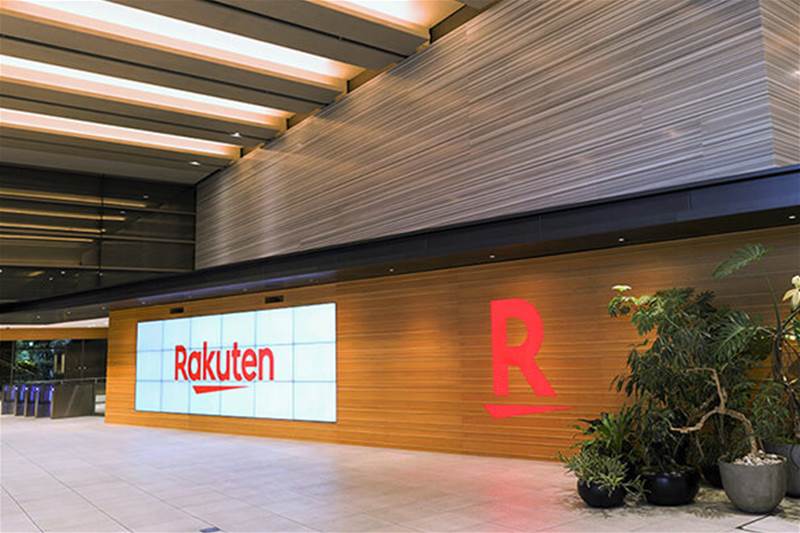Rakuten, one of Japan’s leading eCommerce players, has leveraged Aerospike for personalised advertisements targeted at Japanese shoppers.
Headquartered in Tokyo, Rakuten earns a major chunk of its revenue from advertising, and the team in charge of ad delivery is based at its Singapore office.
Rakuten Asia’s Technical Lead and Architect, Rongxin Xia, while speaking at the Singapore Java User Group (SJUG) meetup session, said the team is using Aerospike as the core database for delivering the recommendation and storing user mapping to achieve the business goals.
As the number of internet-based users increases, the workload on the machine-learning recommendation engine multiplies to deliver targeted ads for each user, Xia said.
He added that with the Aerospike database, a large volume of data can be processed efficiently with high-speed feeds.
Rakuten has two types of targeted ads – Behaviour Targeting Ads (CPC) and Performance Assured Ads (CPA), especially on its Singapore sites.
For CPC, the company uses machine learning to generate recommendations, which are updated every day or even every hour.
When it comes to CPA, merchants or advertisers pay when someone takes action on the ad – which is when a customer makes the final payment.
Xia mentioned that Rakuten’s architecture of targeting ads consists of recommendation and user mapping data, making use of the targeting database (DB) to deliver ads.
The company needed large storage for targeting DB that can store and handle large data sets from the big data platform.
They were looking for storage that would be able to grow and expand easily as the amount of data increased, without causing any disruptions or delays in the service, said Xia.
With Aerospike’s ability to handle large volumes of data in real-time, it helps in processing these data quickly, he added.
Xia said this helps add more servers to the storage system to accommodate the growing data, without having to shut down the service or make major changes to the system.
This enables quick retrieval and delivery of ads to users, with minimum latency for a better user experience.









